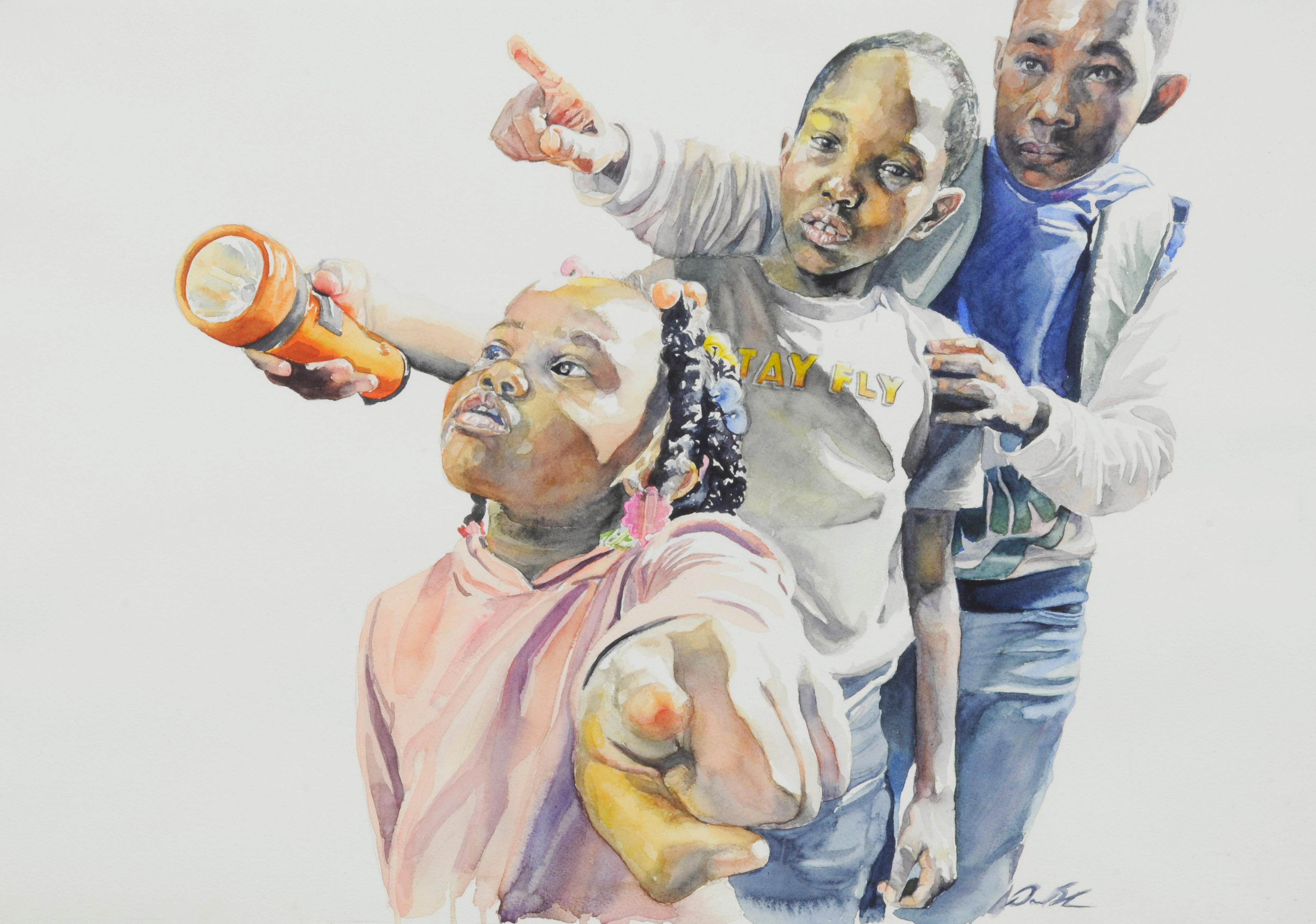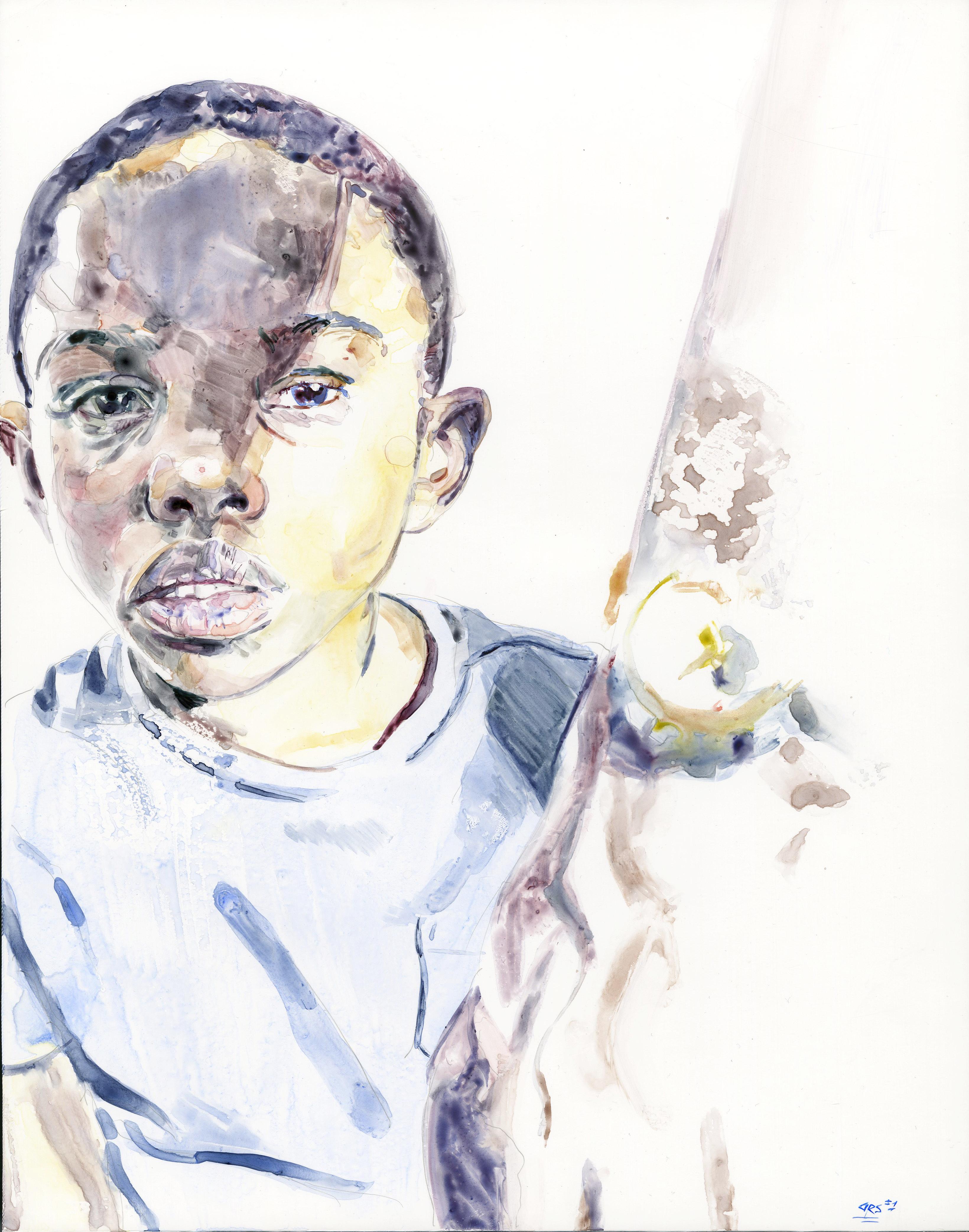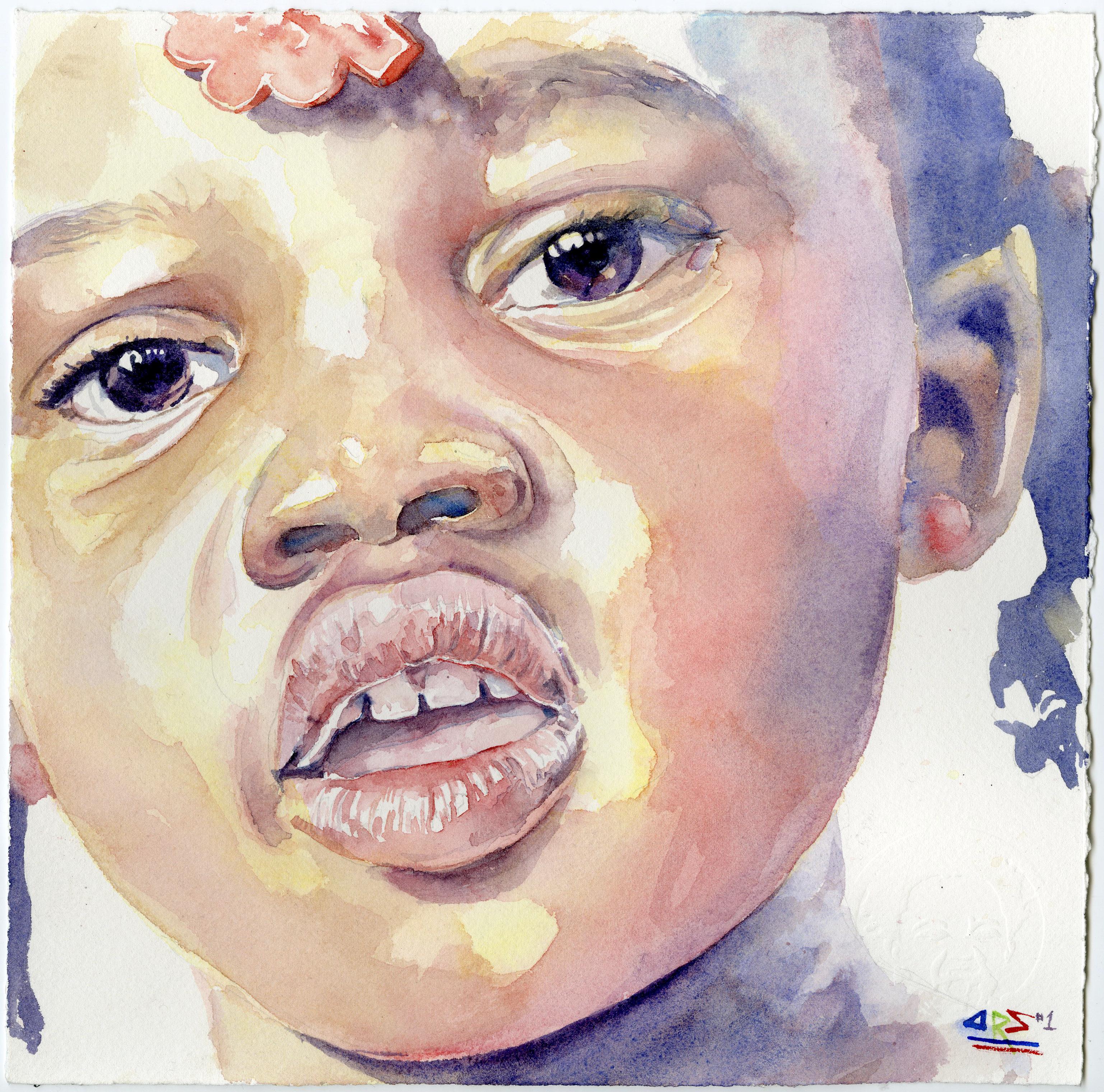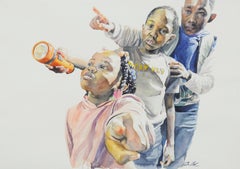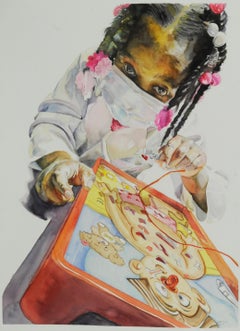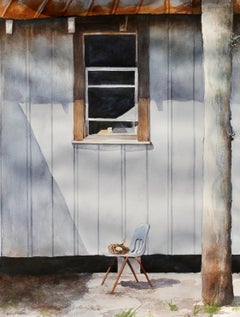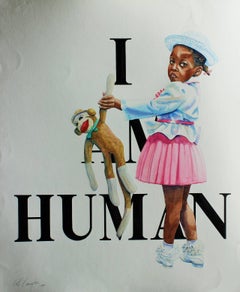Darius StewardLets Find the Way #12021
2021
About the Item
- Creator:Darius Steward (American)
- Creation Year:2021
- Dimensions:Height: 11.5 in (29.21 cm)Width: 11.5 in (29.21 cm)
- Medium:
- Movement & Style:
- Period:
- Condition:
- Gallery Location:Fairlawn, OH
- Reference Number:Seller: FA121051stDibs: LU1408880162
- ShippingRetrieving quote...Shipping from: Fairlawn, OH
- Return Policy
More From This Seller
View All2010s Contemporary Figurative Drawings and Watercolors
Watercolor
2010s Contemporary Figurative Drawings and Watercolors
Watercolor
2010s Contemporary Portrait Drawings and Watercolors
Watercolor
2010s Contemporary Figurative Drawings and Watercolors
Watercolor
2010s Contemporary Figurative Drawings and Watercolors
Watercolor
2010s Contemporary Portrait Drawings and Watercolors
Watercolor
You May Also Like
Artist Comments
"My wife and I were invited on a tour of a very large ranch," shares artist Dwight Smith. "Of course, there were many outbuildings, sheds, and barns that were...
21st Century and Contemporary American Realist Interior Drawings and Wat...
Watercolor
21st Century and Contemporary Contemporary Figurative Drawings and Water...
Watercolor, Archival Paper
Artist Comments
Barns stand as a sanctuary for many farms across America. In this painting, a lit lantern in a high window of the structure acts as a guiding light under the ...
21st Century and Contemporary Realist Interior Drawings and Watercolors
Watercolor
1990s American Realist Figurative Drawings and Watercolors
Watercolor, Ink
Artist Comments
A culinary-themed still life featuring a Honeycrisp apple and sewing thimbles. "The beautiful profession of farming requires many hours of pruning or mending ...
21st Century and Contemporary American Realist Still-life Drawings and W...
Watercolor
Artist Comments
"Living in Florida where it is hot and humid, I always get excited when the calendar turns to autumn with the remote promise of cooler weather," jokes artist ...
21st Century and Contemporary American Realist Still-life Drawings and W...
Watercolor
